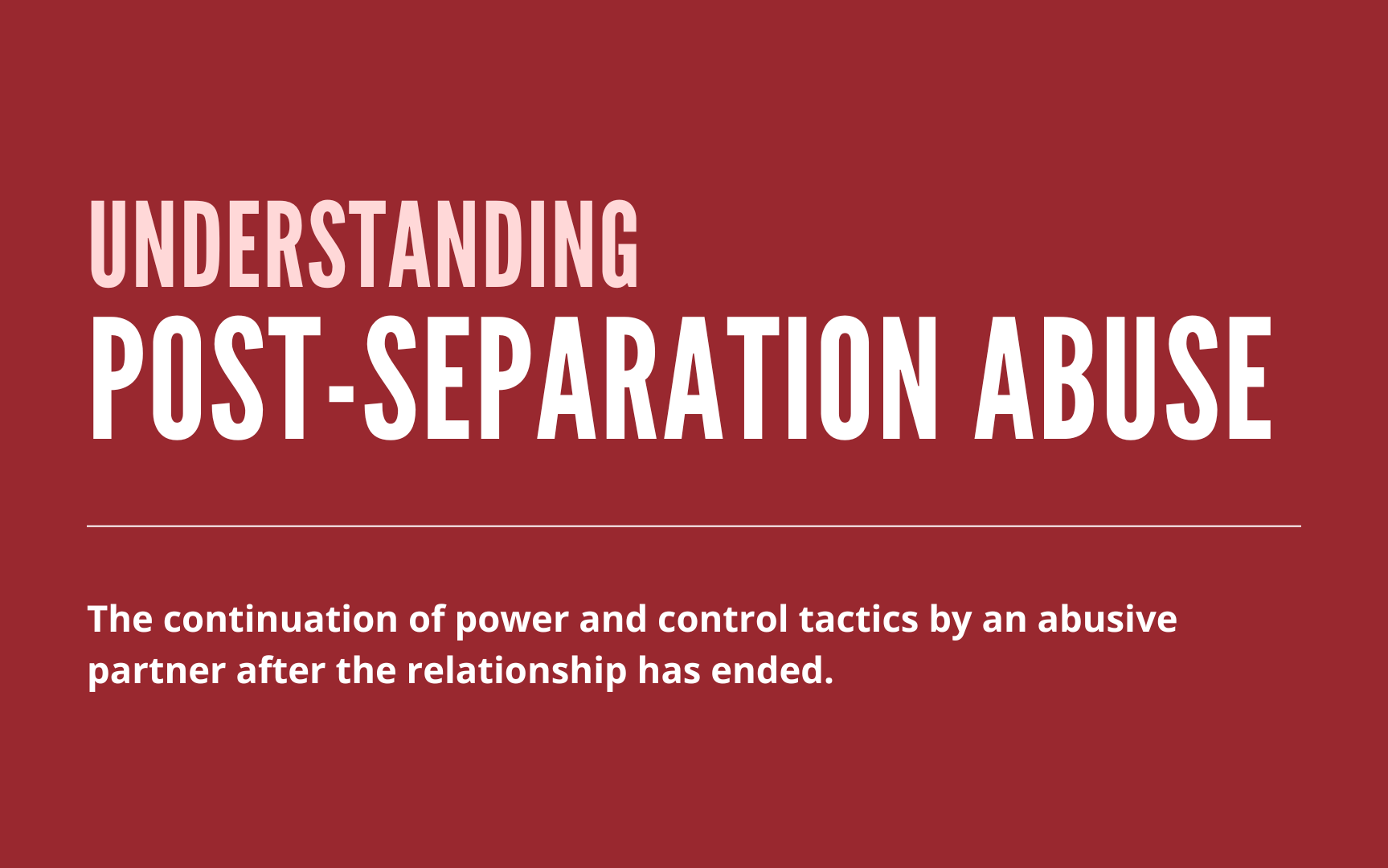Recognizing these tactics is crucial for safety, healing, and seeking support. Below are some of the most common forms of post-separation abuse—and what you can do about them.
Threats
What You Can Do:
- Document all threats and keep records in a safe place.
- Reach out for legal advice—protective orders may be an option.
- Talk to someone you trust or connect with a support service like BWSS.
Emotional Abuse & Manipulative Behaviour
If you still share children, property, or pets, communication may feel unavoidable. But when that communication turns manipulative or emotionally abusive, it’s crucial to protect your mental and emotional safety.
What You Can Do:
- Set firm boundaries and limit contact as much as possible.
- Use written or third-party communication tools if contact is necessary.
- Seek support from mental health professionals to help you navigate your emotions during this challenging time.
Financial Abuse
What You Can Do:
- Move your income into a personal account only you can access.
- Cancel joint credit cards and monitor your credit report regularly.
- Keep records of any shared debts or loans in your name.
Co-parenting Sabotage
This form of post-separation abuse can leave both survivors and children emotionally exhausted, caught in a cycle of confusion, loyalty conflicts, and fear.
What You Can Do:
- Document all custody violations and harmful behaviours.
- Avoid speaking negatively about your ex to your children.
- Seek professional support for your children help to address any of your children’s needs during this difficult time.
Stalking and Harassment
What You Can Do:
- Keep a record of all incidents and communications.
- Consider applying for a restraining or protection order.
- Reach out to support services for help with safety planning.
Violence
What You Can Do:
- Create a safety plan with support from a trusted service or shelter.
- Call 911 if you are in immediate danger.
- Connect with organizations like BWSS for ongoing safety and support.
Post-separation abuse is not just a continuation of harm—it’s a deliberate attempt to regain control. Recognizing the tactics is a powerful first step in protecting yourself and those you love. You are not alone, and help is available. At BWSS, we’re here to support you with advocacy, legal resources, counselling, and safety planning every step of the way.
If you or someone you know needs support, BWSS is here. You can create a safety plan or speak with an advocate confidentially by calling our crisis line at 1-855-687-1868. Together, we can explore your options and help you reclaim safety.







